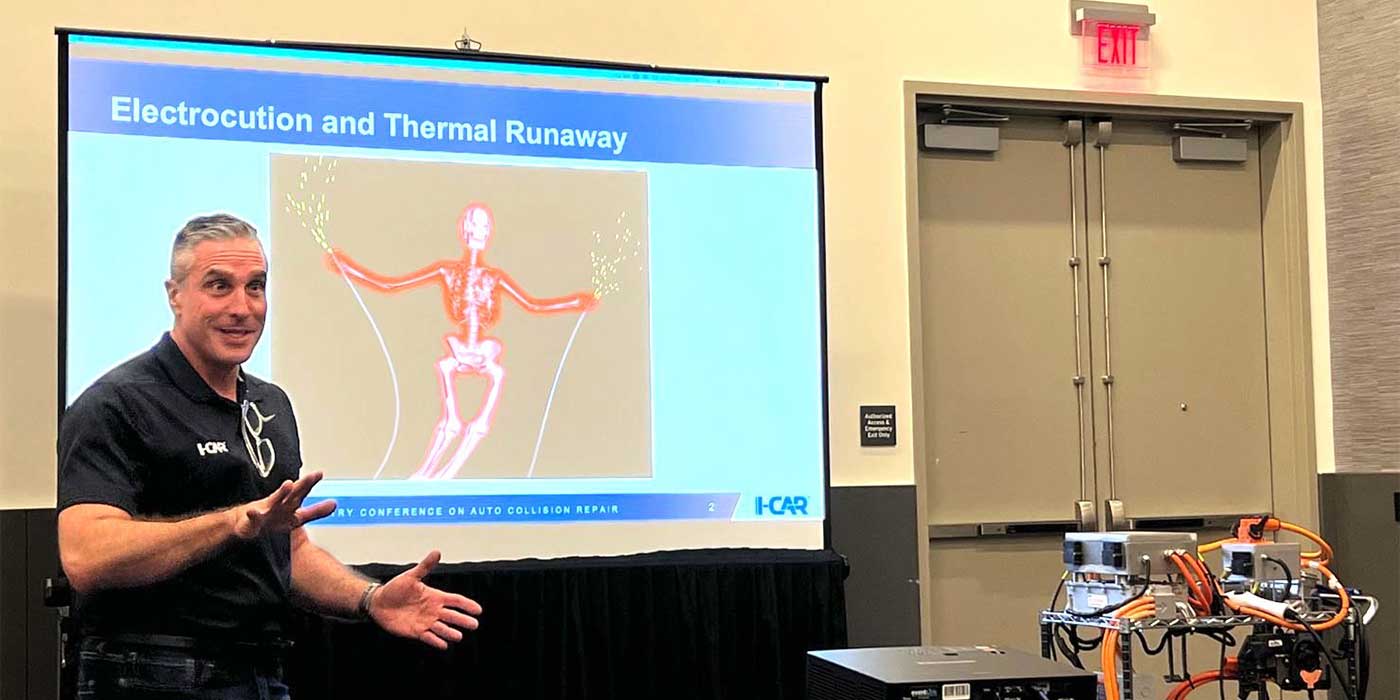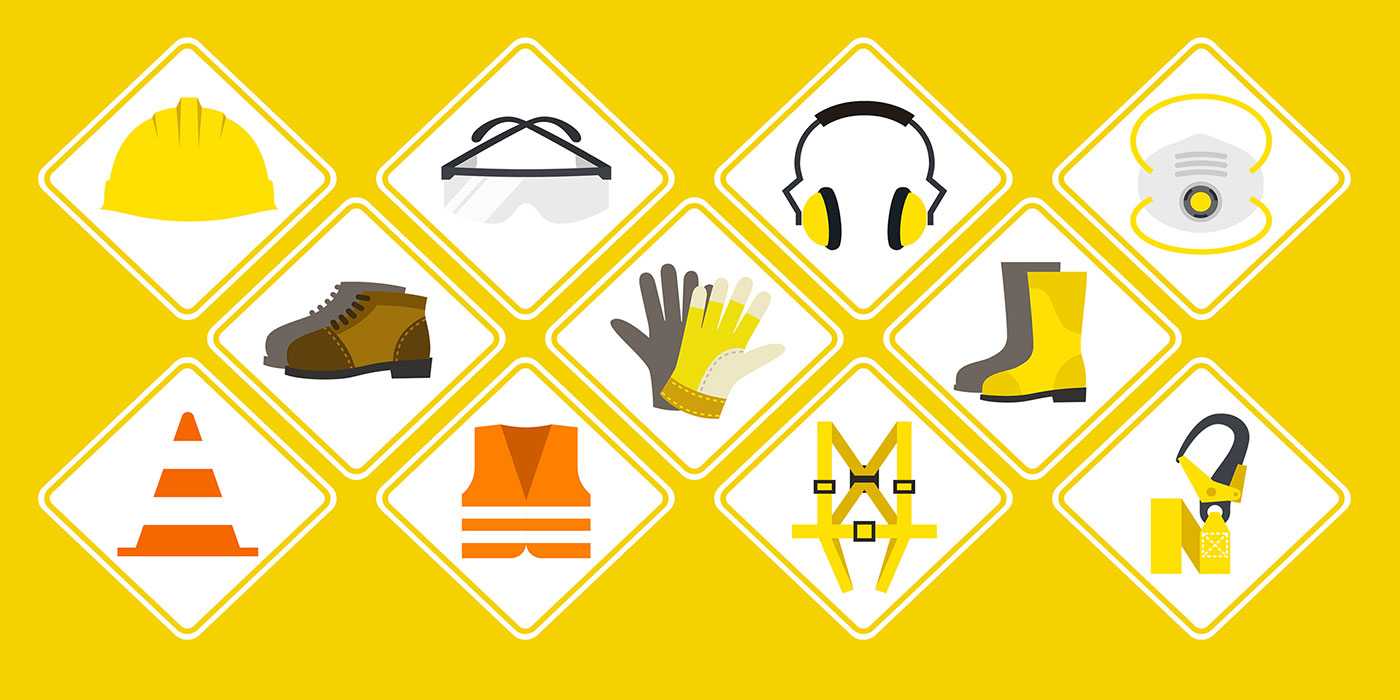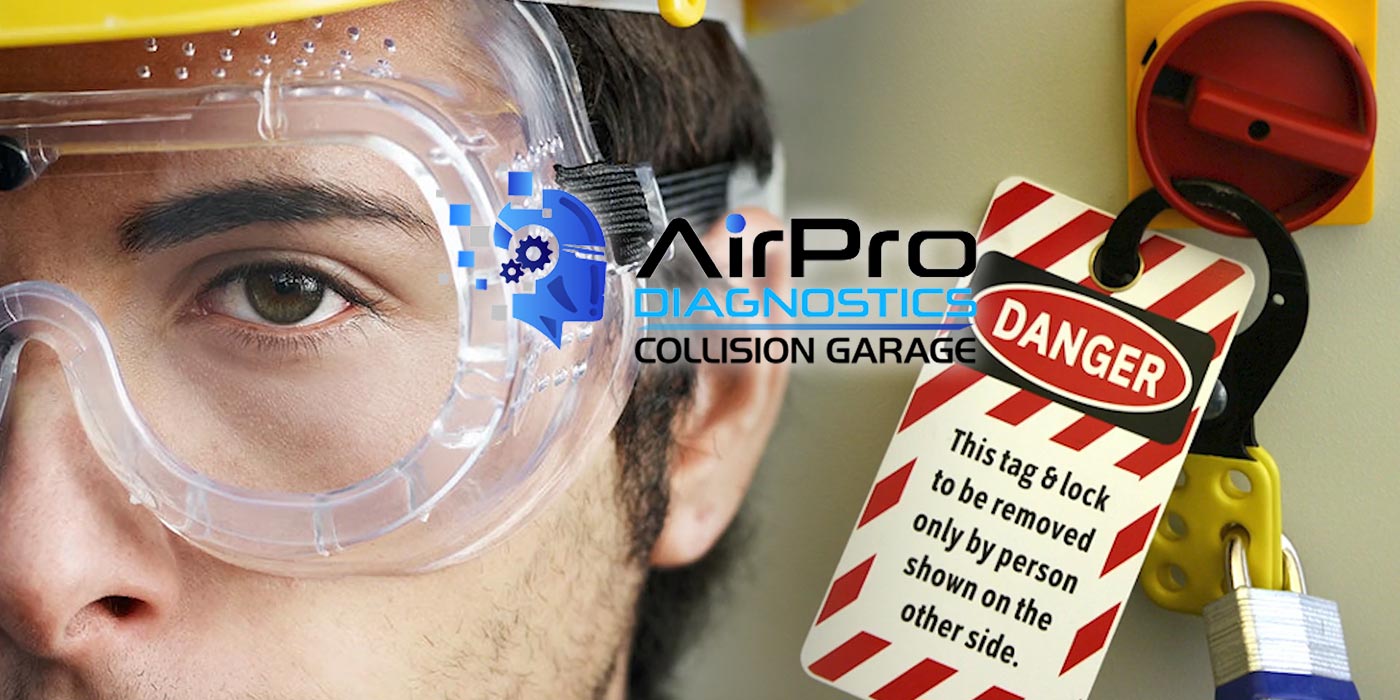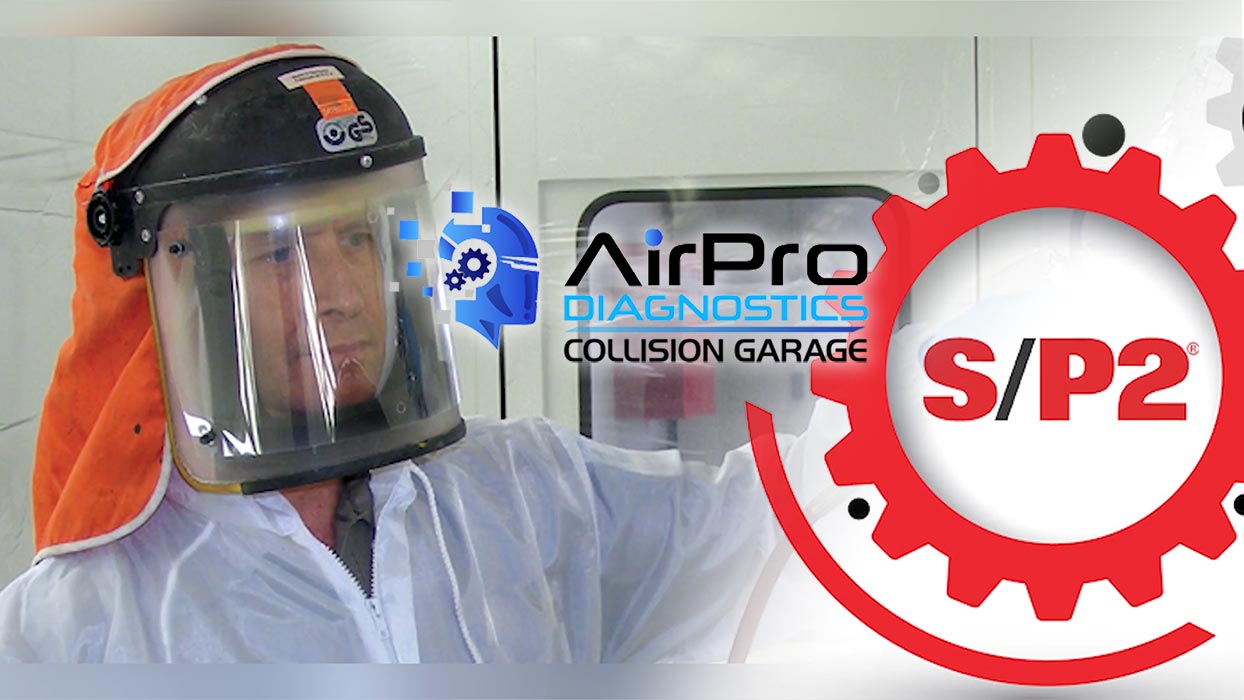OSHA annually adjusts its penalties to account for inflation, and in January, it released the new numbers.
The new adjusted maximum penalty amounts are:
- Serious and other-than-serious: $13,494 per violation
- Failure to abate: $13,494 per day beyond the abatement date
- Willful or repeated: $134,937 per violation
At those prices, can your shop afford to get a surprise visit from an OSHA inspector? Luckily, there’s help for small- and medium-sized businesses – and you might be surprised where this assistance comes from.
On-Site Help
OSHA’s On-Site Consultation Program offers no-cost and con fidential occupational safety and health services all across the country. Well-trained consultants work with managers and employees to identify workplace hazards, provide advice for OSHA compliance and assist with implementing or improving safety and health programs.
This program, largely funded by OSHA and delivered by state governments, is primarily targeted to smaller businesses, and most consultations take place on site. And because the services are separate from enforcement, they do not result in penalties or citations.
Yes, you read that right! It’s confidential, too. Your name, your business’ name and any information you provide about your workplace, plus any unsafe or unhealthy working conditions that the consultant uncovers, will not be reported routinely to the OSHA inspection sta ff.
A shop’s only obligation is to correct serious job safety and health hazards – a commitment that you’re expected to make prior to the actual visit and carry out in a timely manner.
The Visit
The first step of the consultation is the opening conference. When the consultant arrives, they will meet with the manager in an opening conference to brie fly review their role and your obligation as an employer.
Next is the walkthrough. The consultant will examine the conditions in your workplace, together with your shop’s management. Employees should be involved in this stage of the process so they are better informed and able to recognize workplace hazards and the potential for injury. The consultant will comment about specific operations the shop designates and discuss applicable OSHA standards, as well as point out other safety or health risks. Some of these items might not be cited under OSHA standards but may still pose a safety or health risk. The consultant may also suggest self-inspection and training that can help you in communicating with employees.
In the closing conference, the consultant will review the detailed findings. In addition to improvements, the consultant will share the things the shop is doing right to maintain the health and safety of its employees. At that time, you can discuss problems, solutions and abatement periods to eliminate or control any serious hazards identified during the walkthrough. Though it probably won’t happen in your shop, any “imminent danger” situation will need to be acted upon immediately.
Following the closing conference, the consultant will send you a detailed, written report explaining the findings and confirming any abatement periods agreed upon. Because the objective of a consultant is effective employee protection, hazard abatement is necessary and an important part of this process.
Following the visit, consultants may contact you periodically to check your progress. You can also contact them for help. In rare situations, if you fail to eliminate or control serious hazards according to the plan, the situation may move to an OSHA enforcement office for appropriate action.
Taking Advantage
Now that you know what will happen during a voluntary on-site consultation, it’s helpful to think about the advantages of the decision to conduct a consultation:
- Employees and managers alike can recognize and feel emboldened to remove hazards from your workplace.
- Awareness of hazards and measures to abate those hazards help protect employees from injury and illness, and potentially loss of life.
- You can cultivate or strengthen your safety culture, where employees are involved in the process and instinctively watch out for their own safety, as well as the safety of others.
- Managers can feel better about compliance with OSHA standards and less fearful of what may happen during an inspection.
- Managers can become more effective through empowerment to make changes in the workplace.
- Managers and employees can learn about how accident prevention can be a cost-effective alternative to injury.
- Management can learn about improving the bottom line by lowering injury and illness rates, decreasing workers’ compensation costs, reducing lost workdays and limiting equipment damage and product losses.
Summary
Many shops are naturally hesitant about an OSHA inspection. Even those who are conscientious about following the rules and staying aware of the top violations such as the Hazcom standard and respiratory protection are hesitant to invite someone in to take a look. But this voluntary program may be just what a shop needs for peace of mind. An on-site consultation is not a guarantee your business will pass an OSHA inspection, but it’s a great start. If you think this is right for your shop, contact your regional or area OSHA office for more information.
Kyle Holt is the president of S/P2, an online safety and pollution prevention training system for the automotive, heavy-duty/diesel, welding, construction, cosmetology and culinary industries. He can be reached at kyle.holt@ sp2.org.














